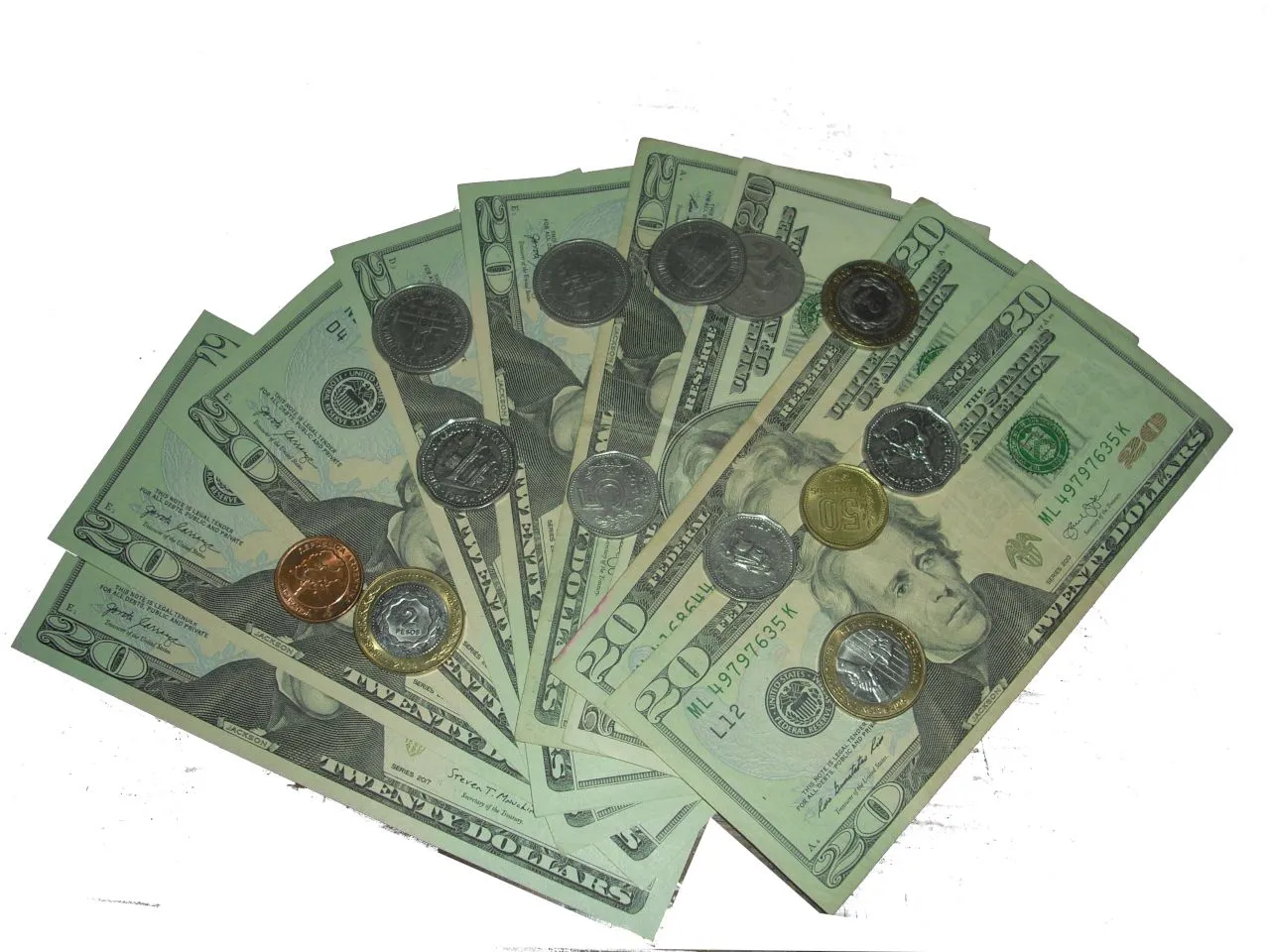Abstract
Cryptocurrencies for quite some time have been viewed as a means as an escape from hyperinflation. In this article, I examine this use case for the HBD in Argentina, with the popular exchange Satoshi Tango.

First most users in Argentina will have pesos and a bank account. First we consider the cost of putting 100,000 ARS into HBD to make things concrete. The user can either convert this money illegally to USD paper dollars, and bear a cost of the spread, which would leave him with about $475 USD or go through a process of getting it into savings of HBD. There is a cost of deposit, a cost of trading due to spread, and a cost of withdraw.
Deposit Fee
| Method | Min | Max | Fee |
|---|---|---|---|
| Transfer to Satoshi Tango's bank account | 1.500 ARS | 600.000 ARS | 1.20% |
| PagoFacil | 1.500 ARS | 100.000 ARS | 6.65% |
| RapiPago | 1.500 ARS | 100.000 ARS | 4.12% |
| Mercado Pago | 1.500 ARS | 600.000 ARS | 2.50% ~ 8.5 |
| Credit card | 1.500 ARS | 100.000 ARS | 6.09% ~ 10.09 |
| CuentaDigital | 1.500 ARS | 600.000 ARS | 0.61% |
| Cryptocurrencies | 1.500 ARS | 1.000.000 ARS | 1% |
Spread Cost
Considering the spread involved with LTC on SatoshiTango:
5.2478605% (calculated with the buy and sell prices of 12386 and 11736 ARS.
That is if you took 12386 ARS and bought a litecoin and immediately sold it again you would en up with 11736 ARS. (5% less).
Withdrawal Cost
| Method | Min | Max | Fee |
|---|---|---|---|
| Transfer from Satoshi Tango's bank account | 2.000 ARS | 1.000.000 ARS | 0 ARS |
| Mercado Pago | 2.000 ARS | 600.000 ARS | 0% |
| RapiPago | 2.000 ARS | 10.000 ARS | 1.21% |
The withdrawal fee to bank accounts: 0 ARS.
Analysis
So consider 100,000 ARS (this is about 500 USD). It is deposited into a bank with no fees. It is then deposited in Satoshitango for 1.2% cost. This leaves 98,800 ARS. Now, it is converted into LTC which leaves us with enough litecoin to buy back 9361.511432 at the same exchange. This is about 7.977 LTC. Now we must trade 7.977 LTC from this exchange to our personal wallet. This costs about 0.000,1 LTC.
Now drop that LTC into Blocktrades and it will pay us 495.951 HBD. We get most of our money back in this deal it seems but it is only that the HBD is being valued at below a dollar right now.
Then we put it into savings at 20% for some amount of time. Let x the factor so that 495.951 * x is the amount after we remove it from savings. In this case.
If it is left for a year, x = 1.2. If for half a year, it is √1.2 (=1.10). If for three years, it is 1.23 (1.73).
So we are left with 496x HBD after this amount of time and we take it out of savings to convert back into pesos. Now, let k be the factor that LTC goes up against USD. If LTC doubles with respect to USD, k=2, if it triples k=3. Let m be the similar factor of how much the dollar goes up against ARS. Now going back we only get 7.65427414x/k LTC. There is a spread of its own of 4%. So adding up the percentages we lose about 10% from the trading going on.
Let's continue anyway, put the 7.65427414x/k LTC on the exchange and sell at price of 11736km/s ARS/LTC. So the k cancels here. So the value of LTC is not relevant to us. We end up with 89827xm ARS.
Now with some high-school algebra:
89827xm ARS > 100,000 ARS
0.89827xm > 1
xm > 1.111
We cannot solve for x, but we can compare this to simply buying and holding dollars on the free market. Where both parties ignore government taxes and imposed exchange rates.
Let p be the period of time an investor should put pesos into HBD savings. If the user had bought dollars and forgot about it somewhere, then the investor is better off if:
1.2p > 1.1111
where p is the period of time the money is kept in Hive Dollar savings.
p > ln(1.111)/ln(1.2) = 0.577 years = 7 months.
Conclusion
Barring rapid declines in the price of the dollar denominated in pesos (which would be surprising to most people), investors could profit better by keeping dollars in savings for a year and earn a 10% profit in dollars. That is, $500 would become $550 after all of the spread costs, and deposit fees and interest earned if left for a year.
..
